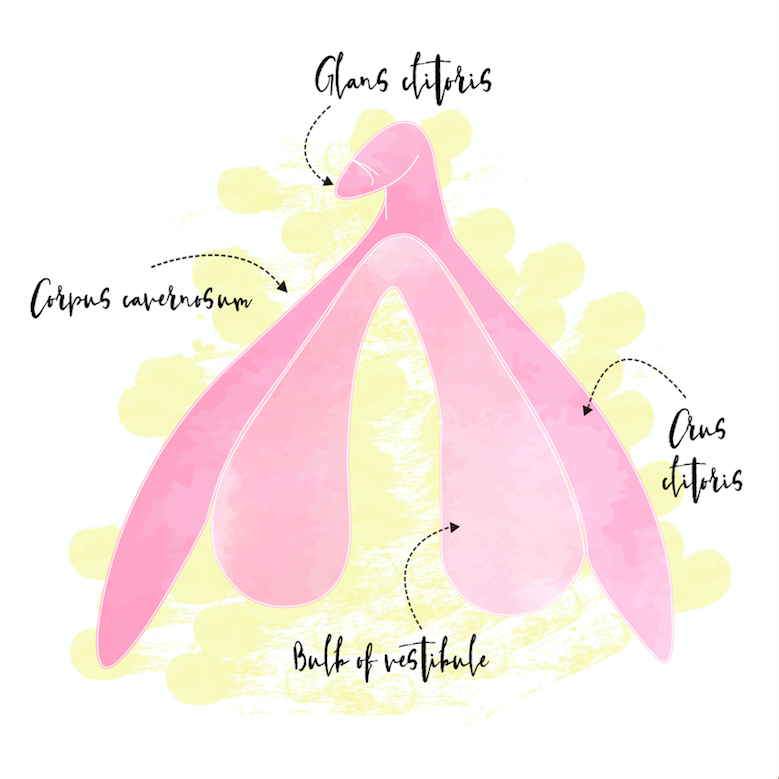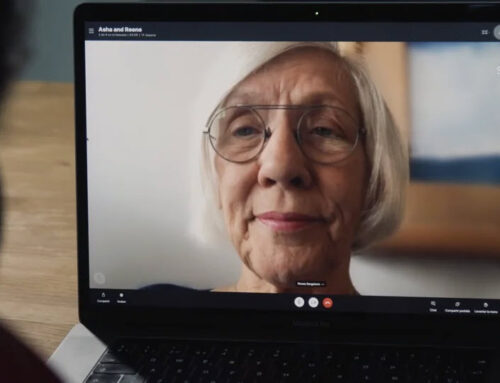Let’s try to go back in time, to when we were taught in school for the first time about the human body, our anatomy. Do you remember anyone mentioning to you the clitoris? We learned about the basic in biology, e.g. body systems, organs, muscles, bones, tissue types, nerves, organ systems, cells, and the reproductive system!! Where the penis and the vagina were slightly mentioned, just enough for us to understand as to why we had them. No one mention or explain what other use our parts had, apart from the evident “reproduction purpose” so let’s say zero sex education! and zero pleasure! Regardless of age, culture, religion, or social status, female sexuality is a universal taboo. The funny thing about taboos is that it works on the principle of prohibiting or forbidding an individual or a group of individuals from a certain kind of behavior, tagging it as ‘improper’ or ‘unacceptable.’
Men have many more orgasms than women. Both women and men tend to resolve the encounter around penetration, and the vast majority of women do not have an orgasm from penetration alone.The existence of the orgasm gap is something real, and the main reason is our cultural ignorance of the clitoris.
Female Orgasm Day is an opportunity for men and women to learn about women’s pleasure. And more importantly, it will help us be more independent in the sexual choices that we make.
Where is the clitoris? How can you stimulate it?
To end taboos surrounding sex, female anatomy, and female pleasure, we need to ask these basic questions to educate ourselves and understand how our body functions. There is no “one best way” to stimulate since every person is different, and has different sexual erogenous zones, desires, and turn-ons.
The clitoris is the only organ in the human body solely responsible for sexual pleasure, and it has the right to exist, free of harm like any other organ. It is not just the part of our vulva that feels like a tiny button. It is composed of multiple parts: The glans(known as the “clitoris”, the clitoral body, the paired crura, and vestibular bulbs.
Knowing our body as a whole is only the first step towards a better understanding of what we want. Also, it will facilitate healthy sexual experiences and make healthy decisions about our bodies.




Leave A Comment